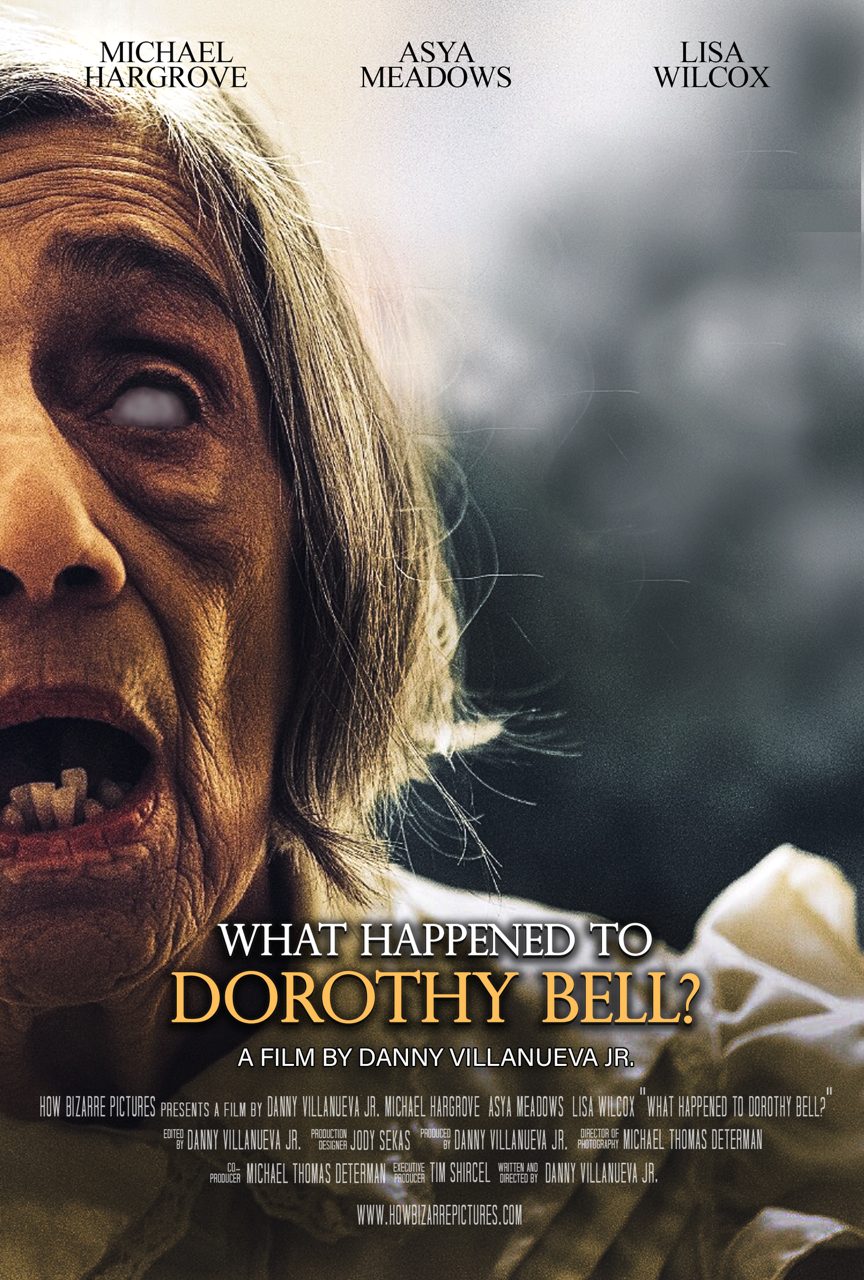

If there are two concepts in the realm of horror filmmaking that might feel a bit overdone now, it’s the use of trauma as a source of horror and the found footage technique. Since the early ‘00s there has been a veritable explosion in the use of found footage, and the last decade or so has seen filmmakers attempt to inject a sense of humanity into their work by relating a narrative to the manifestation of past trauma. Sometimes it works and the film is fantastic; sometimes it’s unwatchable. More often than not, however, the film falls into the gray area between these two extremes, and unfortunately Danny Villanueva’s What Happened To Dorothy Bell? Is one such film.

Ozzie Gray isn’t having the best time in life. She seems to be dealing with some mental health issues, and at her therapist’s suggestions he decides to investigate an incident from her childhood in which her grandmother, the titular Dorothy Bell, violently attacked her, leaving her physically and emotionally scarred, and then took her own life by hanging herself in the local library. Dorothy has since become something of a local legend, and Ozzie is determined to find out why her previously loving and affectionate grandmother tried to kill her.

This film’s biggest problem is a common one amongst films that use the found footage technique: it never adequately answers the question of ‘why are we watching this?’ I’ve written about this before, but the short version of this problem is this: in traditionally shot films, we the audience understand that we are not an unseen character in the film observing the action but are instead behind the fourth wall. In found footage, however, what we are seeing is what one of the characters is actually filming. In traditionally shot films, what the camera sees is what we see, and we cannot blame a character in that film for not seeing it. In FF style films, we depend upon a character actually filming what they are seeing. The problem is this: in horror films oftentimes, characters are in mortal peril and are simply trying to survive. That’s all they’re trying to do. Filming what’s trying to kill them probably isn’t at the top of their list of priorities. But in FF films, if we’re to see any kind of horrific action a character must film it so there has to be a reason someone is filming it. Some films do this adequately, some do not. WHTDB? Is successful most of the time at doing this; must of the first half feels like a genuine documentation of someone trying to understand their past and filming it. Once things start to get genuinely weird and spooky, however, the zippers start to show, and the film struggles to justify why it’s showing what we’re seeing. It also falls into the all too familiar trap of ‘character sets camera down at perfect angle to catch something character doesn’t see happening in the background’. There are also several scenes where the camera is slow to pan over to something waiting to be revealed to the audience, and again the question of ‘why is the person holding the camera slowly panning over to something clearly terrifying?’ arises. These are all minor details to be sure, but with a style of filming that requires an even further suspension of disbelief there’s little room for error when it comes to immersing the viewer in the fictional world it seeks to create.

It’s a shame, because I do think the story presented here is compelling, and Asya Meadows as Ozzie is fantastic. They do an excellent job of creating a character who is, above all else, lost, and this goes a long way towards getting the audience to invest in them emotionally. Meadows’ Ozzie is sympathetic without being pathetic, vulnerable without being weak, and most importantly just as shook by what they’re seeing as the audience is. While limited by constraints of the FF technique, Meadows successfully sells us on the reality of what Ozzie is dealing with as much as they can. Similarly, Arlene Arnone Bibbs is perfect as the titular Dorothy Bell. The scenes where she’s being the kindly gramma are ring true, as do the scenes where she’s…something other than Dorothy; her quiet scenes of evil Dorothy are chilling. And, to give credit where credit is due, there is some genuinely terrifying imagery in this film. It is frightening at times and in that regards it’s successful. Alas, the moments where the un-reality of the film shine through are glaringly apparent and this brings it down markedly.




